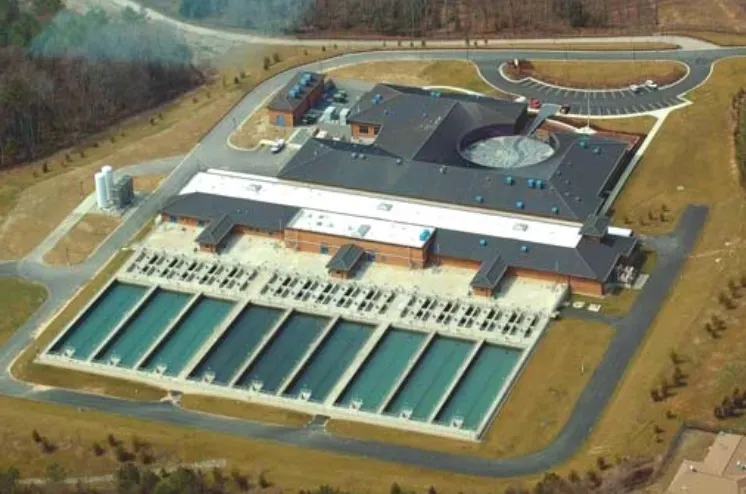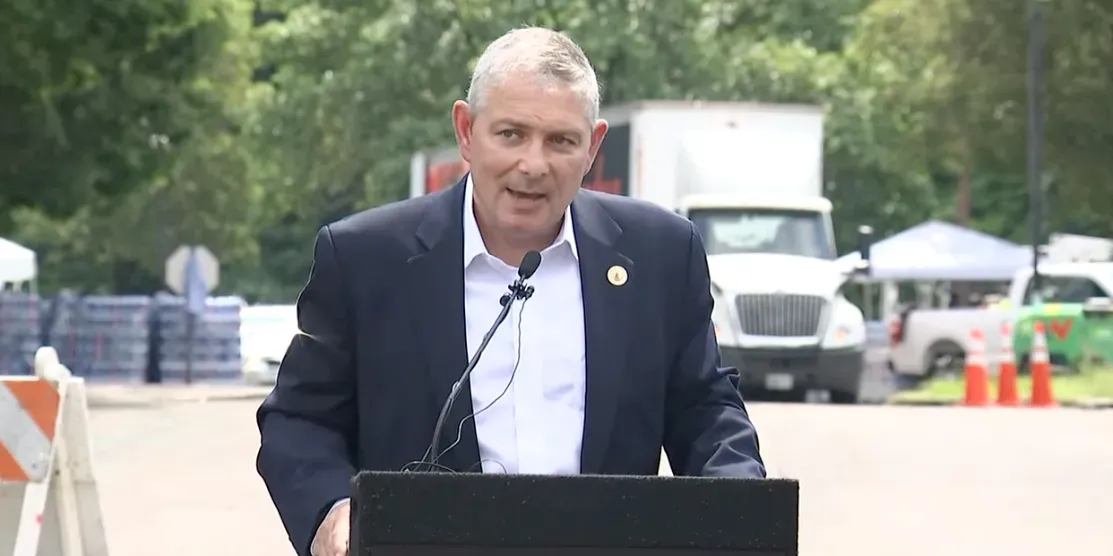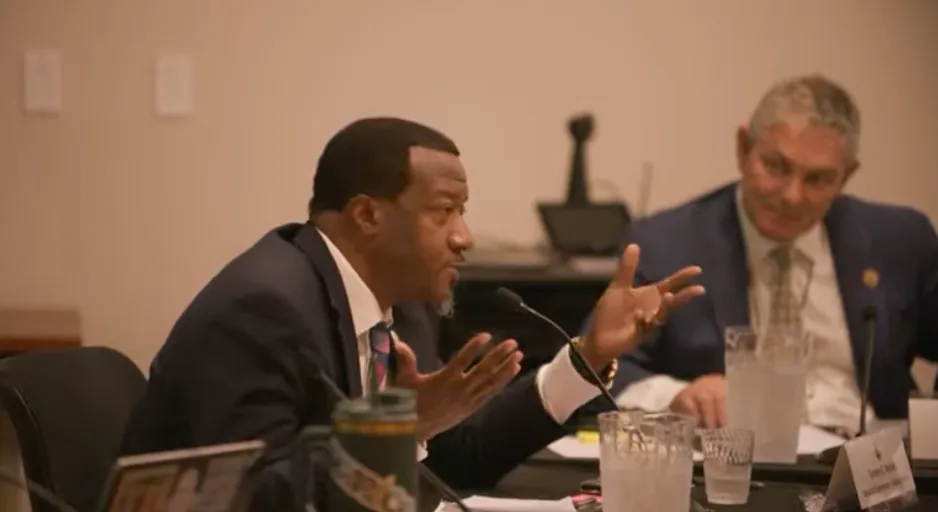Henrico water crisis — Government — Henrico government — Community — Eastern Henrico — Northern Henrico — Top News — Whitman, Requardt & Associates LLP — AquaLaw
Henrico floats possibility of purchasing Richmond water treatment facility; consultant outlines 5 options for Henrico water system enhancements





